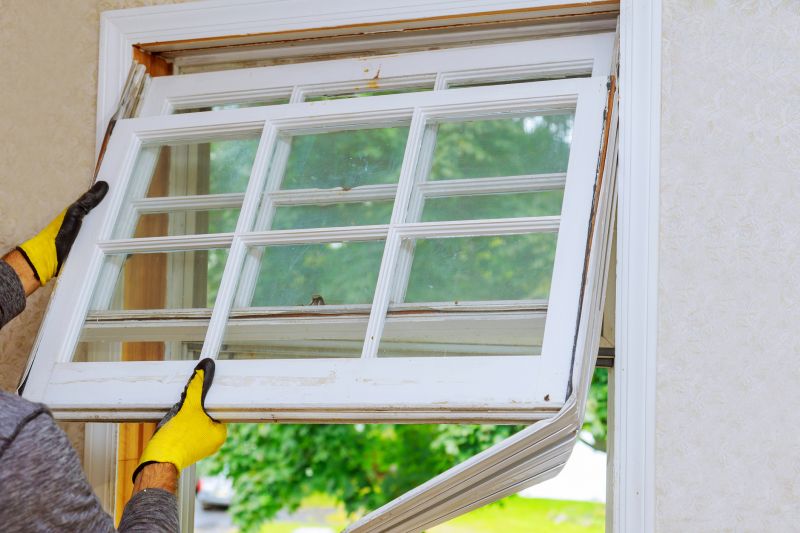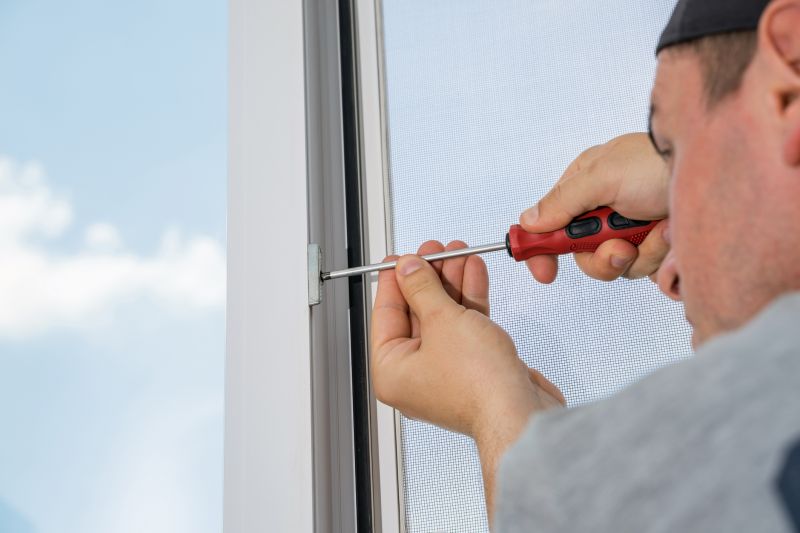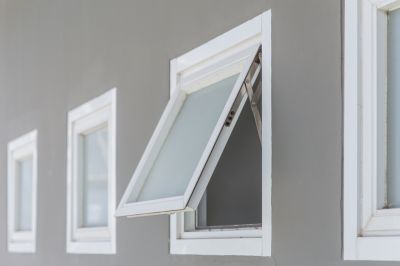Optimal Timing for Window Repairs
Determining the best time for window repairs depends on various factors including weather conditions, seasonal temperatures, and the urgency of the repair needed. Typically, mild weather seasons such as spring and fall provide ideal conditions for repairs, allowing for safer and more effective work. Performing repairs during extreme cold or heat can affect materials and adhesion, potentially compromising the quality of the repair.
Spring offers moderate temperatures and longer daylight hours, making it suitable for window repairs and replacements.
Fall provides cooler weather without the risk of freezing temperatures, ideal for sealing and glazing work.
Winter's cold temperatures can hinder repair materials, while summer heat can cause materials to expand and contract, affecting durability.
Immediate repairs should be scheduled regardless of season to prevent further damage or security issues.

Springtime offers optimal conditions for replacing and repairing windows.

Fall is a preferred season for sealing and glazing before winter sets in.

Summer repairs are possible but require caution due to high temperatures.

Ways to make Window Repairs work in tight or awkward layouts.

Popular materials for Window Repairs and why they hold up over time.

Simple add-ons that improve Window Repairs without blowing the budget.
| Season | Ideal for |
|---|---|
| Spring | Window replacements and sealing |
| Summer | Minor repairs during cooler parts of the day |
| Fall | Sealing, glazing, and preparation for winter |
| Winter | Urgent repairs only, if necessary |
Window repairs are essential for maintaining energy efficiency, security, and aesthetics of a property. Properly functioning windows prevent drafts, reduce energy costs, and enhance safety. The choice of timing can influence the longevity and effectiveness of repairs, with appropriate seasons minimizing complications related to weather and temperature fluctuations.
